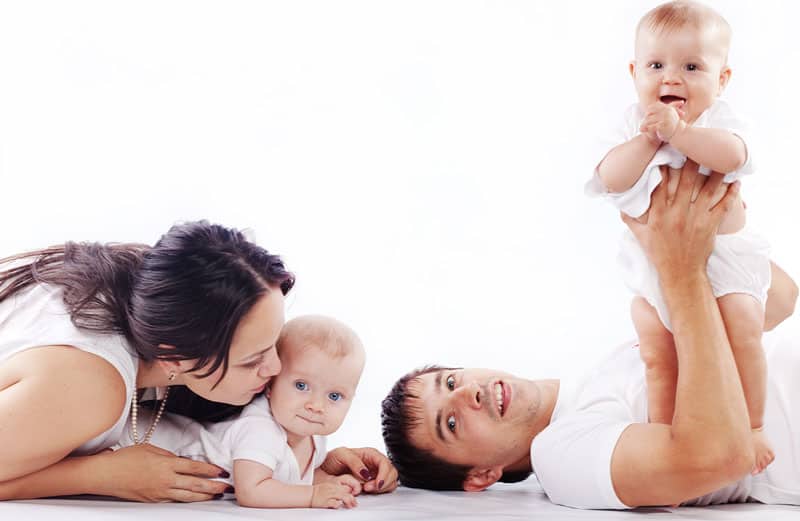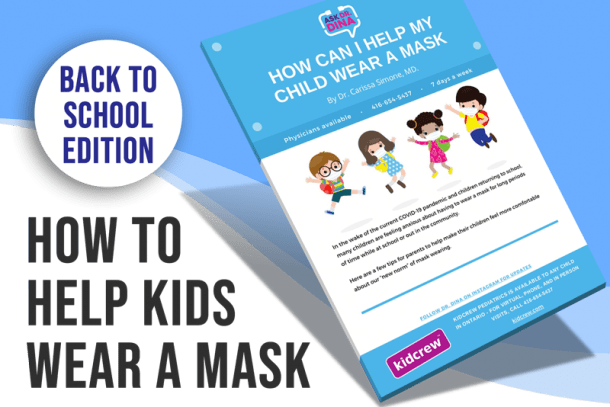9 months in, 9 months out!
If you can believe it, your baby has been out for as long as they were in.
Where did the time go?
As your baby’s first birthday approaches, emotions – and motor development – are sure to be on high. Here’s what to look for before baby smashes into their first bite of birthday cake.
Baby’s Development, The Tenth Month
At 10 months old, baby is likely on the move in some way or another. If not, that’s likely fine too but it might want to be something you check with your doctor about to be sure. As I mentioned last post, crawling is not technically a necessary motor milestone. In fact, when I am referred a 10 month old who isn’t crawling I actually focus on exercises which help promote standing and walking with only a bit of time spent on crawling. In my experience, working on the harder gross motor skill helps to bring the lower level skill to the surface.

Another skill to look out for at this time is transition movements. By 10 months, your little one should be able to get in and out of sitting on their own. This means that if they are sitting, they should be able to transition on to their stomach, or if they are on their stomach or back they should be able to get into sitting on their own. This is a tricky thing to learn because babies often get frustrated doing these transitions, and as parents we are usually quick to come to the rescue. However, it’s important to let your baby get a bit frustrated to so that they figure out how to perform these movements on their own. This doesn’t mean you have to always let them fend for themselves though.
Try doing the transition movement yourself in slow motion, and figure out what positions you are putting your body in and what muscles you are moving. Then, when you go to help your baby go in or out of sitting, help them in a way that reflects what they would actually have to do on their own.
The Eleventh Month
At this point you likely have lots of handprints on your couch and coffee table from your little one who has found a new position to play in.
As they gain their bearings on their feet, independent standing and cruising are the next items on the horizon. Encourage your little one to have little moments of independent standing by handing them things to hold while they are standing at the couch. You can also try sitting behind them and encouraging them to turn to look at you or take a toy from you so that they practice rotating and letting go of one hand. This is also a great way to practice weight shifting in standing, which is an important precursor to cruising. Once baby seems steady on their feet, you can encourage them to start to cruise by placing toys (or even some treats!) just out of reach. You want to make sure that you don’t place the desired object too close that they just lean and reach, but also not too far that they go down and crawl.
The Twelfth Month
Happy birthday baby! Where did the year go? Independent walking is on the horizon, but remember that this milestone has a wide range from anywhere from 9-18 months. Babies are energy efficient beings and until walking becomes easier than crawling, they won’t consistently choose it as their primary mode of locomotion. Read my article on tips on how to get your baby to start walking. Your baby is now a toddler, and you can now look ahead to new milestones such as ball skills, jumping, and stairs!
The Journey Continues …
I hope you’ve enjoyed your baby’s first year of gross motor milestones with me.
As always, if you have any concerns please reach out to your doctor and they can put you in touch with a pediatric therapist who can help give your baby a boost if needed.
The general information provided on the Website is for informational purposes and is not medical advice.
If you have a medical emergency, call a physician or qualified healthcare provider, or CALL 911 immediately. Under no circumstances should you attempt self-treatment based on anything you have seen or read on this Website. Always seek the advice of your physician or other licensed and qualified health provider in your jurisdiction concerning any questions you may have regarding any information obtained from this Website and any medical condition you believe may be relevant to you or to someone else. Never disregard professional medical advice or delay in seeking it because of something you have read on this Website.

Jennifer is a registered physiotherapist working in the field of paediatrics. She has worked with children of all ages, helping them to achieve their motor milestones through various therapeutic approaches. Jenn also has extensive experience working with infants with torticollis and plagiocephaly. As a new mom herself, she loves sharing her experiences and learning from others.














